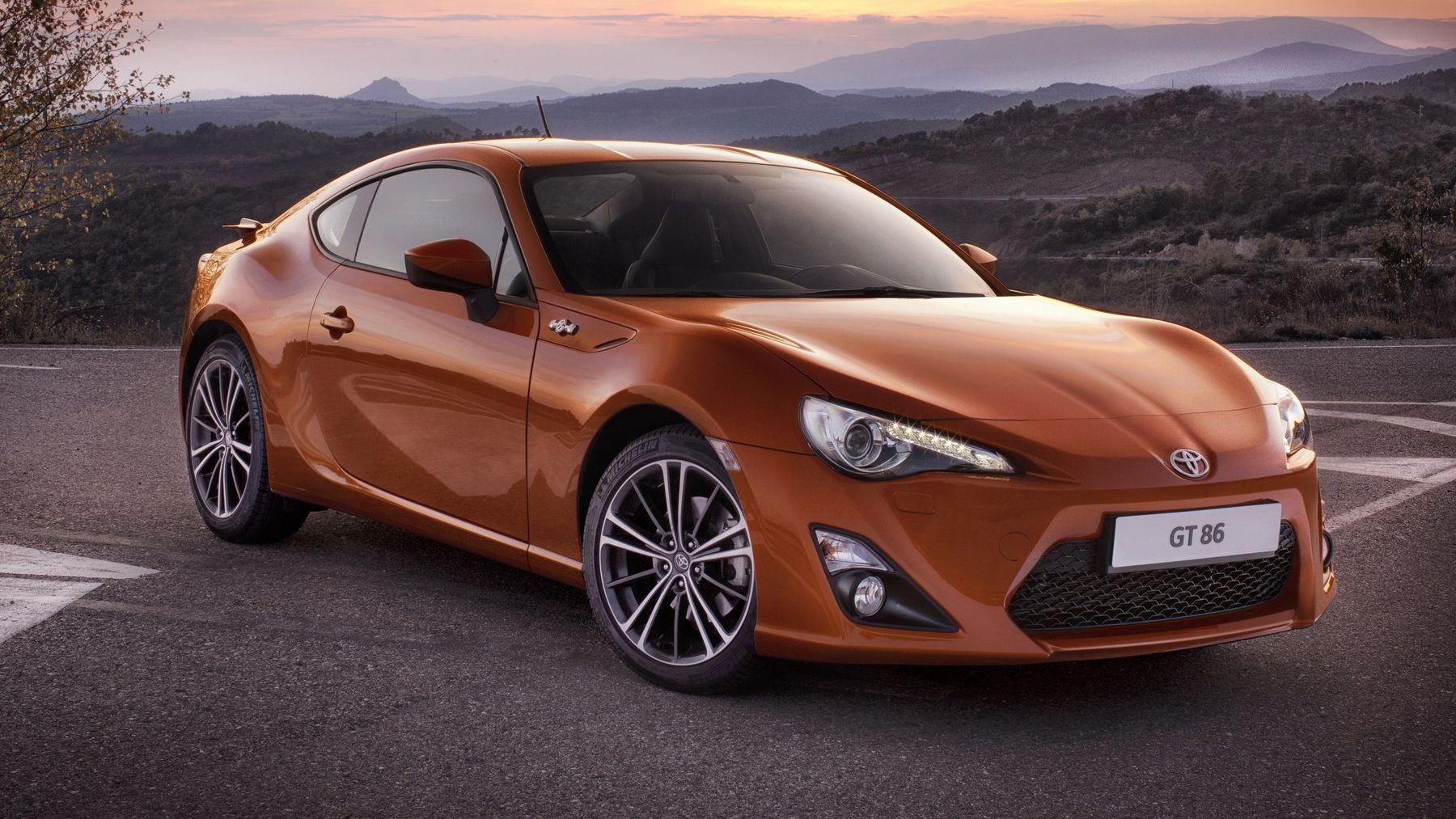The Toyota GT 86->ke4085 will get a second-generation version. Quite frankly, I don’t know if that’s good news or bad news because the current-generation model hasn’t progressed the way we'd hoped. Maybe that’s a contrarian opinion, but I just thought Toyota->ke88 had more planned for the GT 86 than what it’s done since the car came out. Whatever the case may be, Toyota of Europe executive vice president Karl Schlicht told Motoring Australia that the GT 86 will live to see a second generation model, even though he cautioned that the sports coupe still needed to go through a normal life cycle.
According to Schlicht, the Japanese automaker wants to keep some fun cars in its lineup and not make the same mistake it once did when it discontinued the Celica in 2006, leaving a gaping hole in the entry-level sports car->ke506 segment. Right now, the GT 86 occupies that slot and will soon sit below the returning Supra.
Schlicht didn’t elaborate on details regarding the second-generation GT 86, specifically how this disclosure would affect its relationship with the Subaru BRZ. Remember, Fuji Heavy Industries president Yasuyuki Yoshinaga said in July 2014 that the BRZ would also get a second-generation run.
Past reports have also linked the next GT 86 to the Toyota-BMW->ke178 collaboration that’s currently working on the Toyota Supra. Obviously, there are still a lot of unanswered questions regarding the status of the GT 86 and, by extension, the [BRZ.
->ke3973]
What we do know is that a high-ranking Toyota executive has said that the GT 86 will live to see a second generation; at this point, we’ll take that news and hang on to it tightly.
Click past the jump to read more about the Toyota GT 86.
Why It Matters
Karl Schlicht made a good point when he said that Toyota not having a sports car in its lineup would be bad for its image. That’s why it’s important for the GT 86 to continue its run and then get a second-generation model.
I’ve been open about my souring feelings about the GT 86, but I’m not ready to just give up on the model entirely. Like a lot of people, I’m very interested in seeing how Toyota follows up the first-generation model, even though that’s still a few years away. The current GT 86 had a lot going for it, as it was cheap and it looked like a real sports car. But in my mind, Toyota went to great lengths to proclaim it as a kit/project car for customers and aftermarket companies without the company doing enough improvements on its own.
Hopefully, Toyota pays more attention to the second-generation GT 86, and I don’t mean attention during its testing and development stages; I mean attention well after the car goes on sale.
Toyota GT 86
At one point in time, the Toyota GT 86 -- and the Subaru BRZ and Scion FR-S for that matter -- was one of the most heavily covered models by the media. It officially made its debut at the 2011 Tokyo Motor Show, signaling the Japanese automaker’s return to the sports car market.
The GT 86 was developed in conjunction with Subaru, which has its own version in the BRZ. As far as allocation of tasks was concerned, Toyota was in charge of creating the car’s design with the engineering being done by Subaru.
When it was launched, the GT 86 was arguably one of the most popular models Toyota had. It looked the part of a sports car and it had a 2.0-liter, boxer engine with 200 horsepower and 151 pound-feet of torque powering it. With its standard six-speed manual transmission in place, the GT86 sprints from 0 to 62 mph in 7.6 seconds and 8.2 seconds with the auto gearbox.
These days, the GT 86 has lost some of its luster, even though the model continues to be popular in various markets around the world.
In the UK, the GT 86 is priced from £25,110 ($40,114 as of 10/15/2014) with the six-speed manual and £26,605 ($42,503) with the optional automatic transmission unit.

